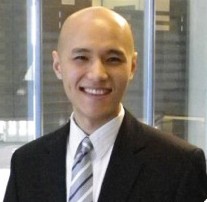Communication Tip: Don’t say “next Friday”. Say “Friday of next week”.
September 24, 2018 2 Comments
Today is Monday, September 24, 2018. Suppose that my co-worker Jessica asks me, “Can we meet on next Friday to talk about our report?”. Does she mean
- Friday, September 28, 2018?
- Friday, October 5, 2018?

Image courtesy of rawpixel.com via Pexels
The word “next” is tricky to interpret in this situation. By definition, “next” denotes the instance immediately after the present. Thus, “next Friday” should mean Friday, September 28, 2018.
However, most Anglophones would interpret this phrase to mean the Friday of the next week, which is Friday, October 5, 2018. This is not logical, but it is the dominant interpretation.
To prevent this confusion, I avoid saying “next Friday”. Instead, I say
- “the upcoming Friday” to denote Friday, September 28, 2018
- “Friday of next week” to denote Friday, October 5, 2018
These approaches are clear and unequivocal, and they eliminate any chance for confusion.
If this is communicated in an email, then I suggest confirming the correct “Friday” by adding the calendar date. Thus, I would write, “Let’s meet on Friday of next week, October 5, 2018”. This method helps the reader to know if we will meet during this week or next week, and it adds another way to confirm the date.


















Recent Comments